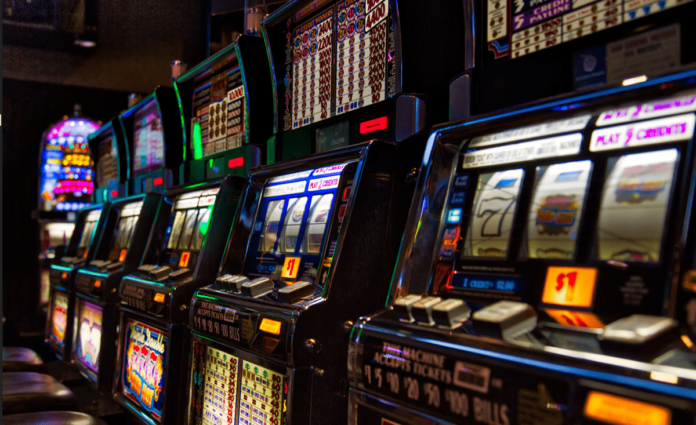Over the years, the design of casinos has undergone a significant evolution, reflecting changing tastes, trends, and technology. From the classic designs of old Vegas to the sleek, modern casinos of today, here’s a look at how casino design has evolved over time:
This classic recipe for casino success was attributed to Bill Friedman, who studied the design elements of the most profitable establishments and elucidated the principles of “gaming” design – low ceilings, little decor beyond tables and machines, and a layout that somehow always leads you back to the casino’s gambling areas.
But that is changing. Now when people think of casino resorts, what immediately comes to mind is glamorous surroundings, even if the city itself isn’t that glamorous. While most new visitors expect a festive and animated atmosphere, they also look for luxury and want to feel welcomed by the design. No one wants to feel like they’re being tricked into gambling.
Furthermore, “the bigger, the better” for casinos no longer applies. One trend that seems to have sprouted over the last couple of years is a boutique ambiance, creating more intimate spaces within a big space by using what Paul Steelman, of the Las Vegas-based casino design firm Steelman Partners, calls “structures within structures.”
Another prominent trend that fellow designer Brad Fried mutter has observed is the use of layout to help the younger patrons interact with one another. [Editor’s note: Our imagination runs rampant. Some readers may not even want to know what that means!]




